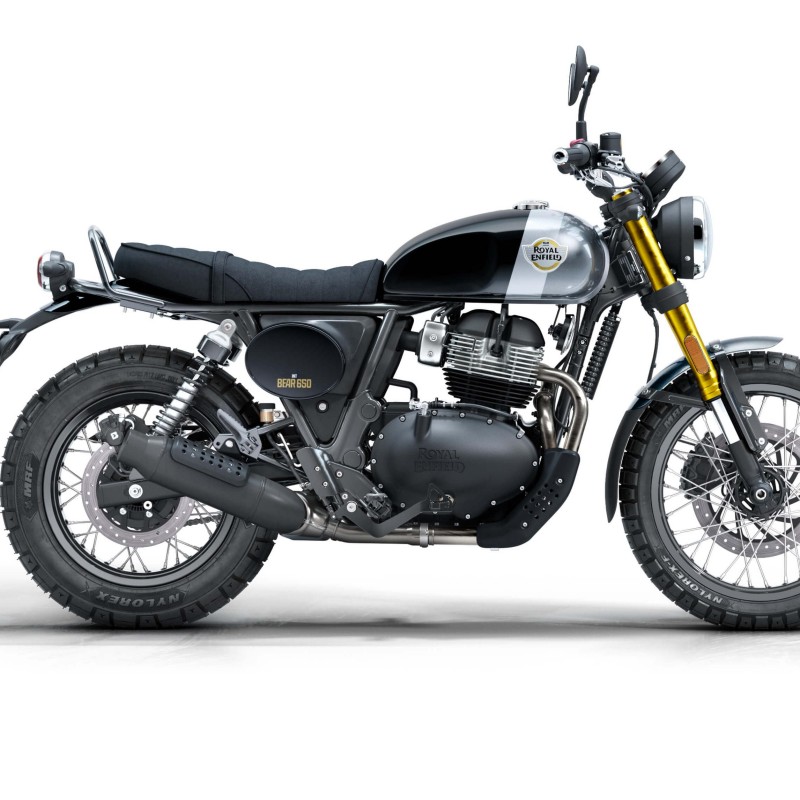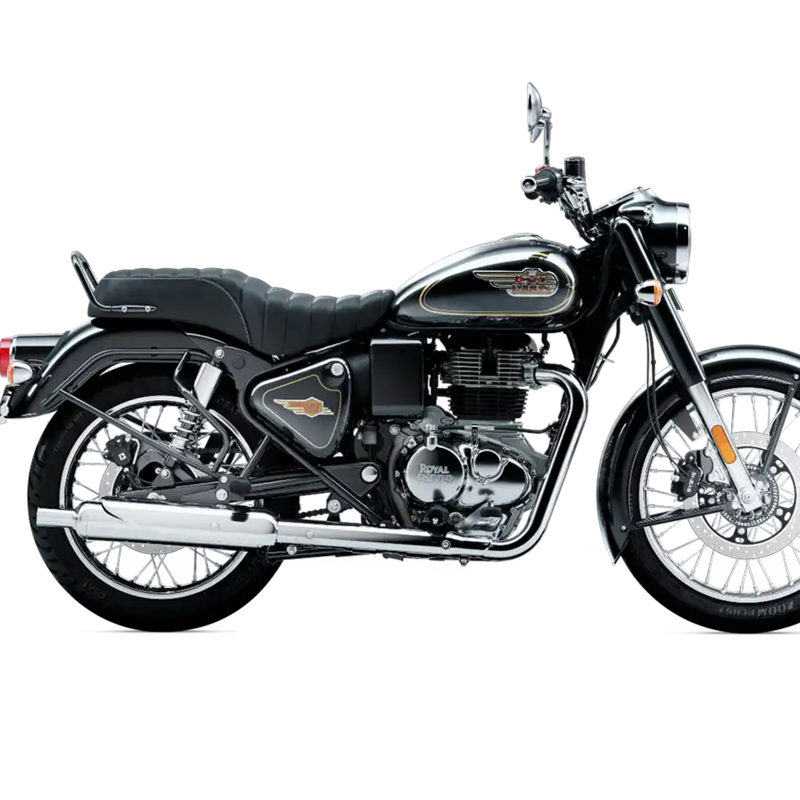Introduction
Motorcycles are thrilling machines, offering a sense of freedom on the open road. However, maintaining them involves understanding various technical aspects, including how to charge a motorcycle battery. A charged battery is the heart of your bike’s electrical system, which powers ignition, lights, and more. Whether you’re a daily commuter or a weekend cruiser, battery maintenance is crucial to ensure reliability and prevent breakdowns. In this comprehensive guide, we delve into the nuances of charging a motorcycle battery. With practical advice and clear instructions, even those new to motorcycles can feel confident in their ability to manage their bike’s power source.

Understanding Motorcycle Batteries
Before diving into how to charge a motorcycle battery, it’s important to understand the types of batteries commonly used in these vehicles. Most motorcycles use one of three main types of batteries: lead-acid, AGM (Absorbed Glass Mat), or lithium-ion. Each type has its own characteristics, advantages, and challenges when it comes to maintenance and charging.
Lead-acid Batteries
Lead-acid batteries have been around for decades, providing reliable power. They are relatively inexpensive and simple in design, featuring lead plates submerged in an electrolyte solution. Regular maintenance includes checking the electrolyte level and keeping the terminals clean and corrosion-free. When charging, these batteries may produce gases, requiring proper ventilation.
AGM Batteries
AGM batteries are a type of lead-acid battery but with added convenience. They are sealed, maintenance-free, and designed to provide superior starting power. AGM batteries use an absorbed glass mat to hold the electrolyte, reducing the risk of spills. They charge quickly and efficiently, making them a popular choice for many modern motorcycles.
Lithium-ion Batteries
Lightweight and efficient, lithium-ion batteries are becoming increasingly popular. They offer a higher energy density, meaning you get more power with less weight. These batteries require specific chargers designed to handle their unique charging profiles, as overcharging can be detrimental. While initially more expensive, their longer lifespan often justifies the investment.
Gathering the Necessary Tools and Equipment
Properly charging your motorcycle battery requires the right tools and equipment. This ensures not only efficient charging but also your safety during the process. Let’s look at what you’ll need when embarking on how to charge a motorcycle battery.
Battery Charger
Selecting the right battery charger is crucial. A versatile charger with different modes (including trickle and fast charge) is ideal. If you have a lithium-ion battery, ensure your charger is compatible.
Voltage Meter
Using a voltage meter helps you understand the current charge level of your battery. It can indicate if the battery is discharged or if there might be underlying issues affecting its capacity to charge.
Personal Protective Equipment
Working with batteries involves handling potentially hazardous materials. Wearing gloves and eye protection shields you from any accidental spills or sparks.
Cleaning Materials
Keep the battery and its terminals clean. Corrosion can hinder proper charging. A wire brush, baking soda, and water can be used for cleaning terminals.

Preparing the Battery for Charging
Before you begin charging, it’s essential to prepare the battery. This step ensures the process is smooth and reduces the risk of damage or accidents.
Safety Precautions
Always prioritize safety. Work in a well-ventilated area away from open flames or sparks. Ensure your motorcycle is off and the keys are removed from the ignition.
Disconnecting the Battery
Most people recommend disconnecting the battery from the motorcycle before charging. Start with the negative terminal to avoid short circuits.
Inspecting the Battery
Check for any visible signs of damage, such as cracks or leaks, especially in older lead-acid batteries. If you discover any issues, consider replacing the battery rather than charging it.
Step-by-Step Guide to Charging a Motorcycle Battery
Now that your battery is prepared, it’s time to delve into the practical steps involved in how to charge a motorcycle battery efficiently.
Connecting the Charger
Attach the charger’s positive clamp to the battery’s positive terminal first, then connect the negative clamp.
Setting the Charger
Set your charger to the appropriate voltage and amperage settings according to the battery type. Avoid using excessive current that could lead to overcharging.
Monitoring the Charging Process
Keep an eye on the charger and the battery. Some chargers have automatic shut-off features, but it’s always wise to manually monitor the progress to prevent overheating.
Finishing the Charge
Once the battery is fully charged, turn off the charger and carefully disconnect the clamps, starting with the negative terminal.
Maintenance Tips to Prolong Battery Life
Regular maintenance can significantly extend the life of your motorcycle battery, minimizing the need for frequent charges.
Regular Usage
Consistent use helps keep a battery in good condition. For motorcycles that sit idle during certain seasons, using a battery tender can maintain charge levels.
Checking Voltage Regularly
Use a voltmeter to regularly check your battery’s charge level. A reading below 12.5 volts generally indicates the need for a full recharge.
Keeping Terminals Clean
Corroded terminals can impede the flow of electricity. Regular cleaning helps maintain efficient energy transfer and prolongs battery life.
Troubleshooting Common Charging Problems
Despite best efforts, issues might arise. Here’s how to address common hurdles encountered when learning how to charge a motorcycle battery.
Battery Not Holding Charge
If your battery doesn’t hold charge well, it might be nearing the end of its life. Consider testing it under load to confirm its condition before seeking a replacement.
Charger Not Working
Ensure the charger is connected properly and check for tripped circuit breakers or blown fuses. Sometimes, switching outlets can solve the problem.
Battery Overheating
Overheating typically results from overcharging or using the wrong charger. Allow the battery to cool down naturally before re-assessment.
Emergency Charging Solutions
In situations where you cannot access your usual charging setup, having an alternative plan is beneficial.
Jumper Cables
Carrying a set of jumper cables can be a lifesaver. You can jumpstart your motorcycle using another vehicle’s battery. Ensure you follow the correct procedure to avoid damaging either vehicle’s electrical systems.
Portable Battery Packs
Portable battery packs are compact and can quickly provide a much-needed boost to start your motorcycle. Select a high-quality pack designed for motorcycle use, and keep it charged and ready.
Roadside Assistance
Investing in roadside assistance is wise if you frequently travel long distances. Many services include battery jumpstarts and replacements, providing peace of mind during extended trips.
DIY Battery Charging Station
Creating a dedicated battery charging station in your garage can make the process more efficient and organized.
Setting Up the Station
Choose a well-ventilated area in your garage. Use a sturdy table to hold the charger and battery. Keep all necessary tools and protective gear within reach.
Safety Measures
Install smoke detectors and fire extinguishers in the garage. Ensure proper insulation of electrical outlets, and avoid using extension cords for heavy-duty chargers. Label the charging station with safety instructions and voltage levels.
Storage Solutions
Use bins and hooks to organize your tools and accessories. Keep the area clean and free from clutter to avoid accidents. Designate a specific place for each item to streamline the charging process.

Cost-Effectiveness and ROI
Investing in the right charger and maintaining your battery can be cost-effective in the long run.
Initial Investment
A high-quality charger may require a higher initial investment, but it pays off by extending battery life and preventing frequent replacements.
Long-Term Savings
Proper maintenance reduces the risk of sudden battery failures and the associated inconvenience and costs. Consistent care helps avoid expensive repair bills and ensures a smooth ride.
Resale Value
Well-maintained batteries can improve your motorcycle’s resale value. Prospective buyers often consider the condition and maintenance history of the battery, making it a worthwhile aspect to focus on.
Conclusion
Understanding how to charge a motorcycle battery is a fundamental skill that every rider should possess. This knowledge ensures your motorcycle remains reliable and ready for the road, whether you’re commuting daily or embarking on adventurous rides. By comprehensively covering each aspect of battery charging—from understanding battery types to advanced charging techniques and maintenance tips—this guide aims to equip you with the confidence and capability to handle your motorcycle’s battery needs effectively. Remember, regular maintenance and the right tools are essential to extending the life of your battery and enhancing your overall riding experience.